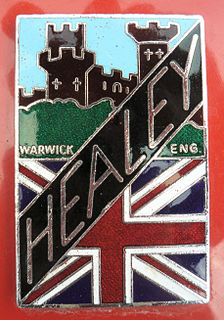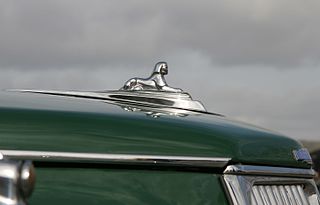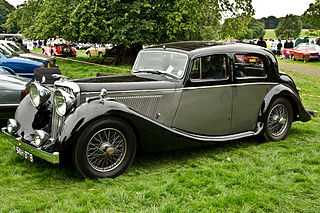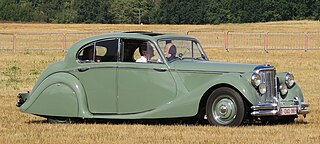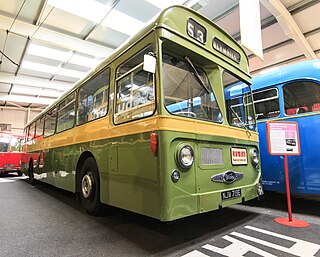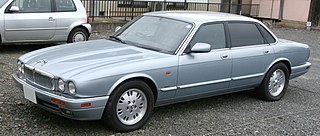| Tornado Typhoon | |
|---|---|
| Overview | |
| Manufacturer | Tornado Cars Ltd |
| Production | 1957–62 |
| Body and chassis | |
| Body style | 2-door convertible |
| Layout | Front engine with rear-wheel drive |
| Powertrain | |
| Engine | |
| Transmission | 3-speed manual |
| Dimensions | |
| Wheelbase | 87 in (2,210 mm) or 97 in (2,464 mm) |
Tornado Cars Ltd was founded in 1957 by Bill Woodhouse and Tony Bullen based in Mill End, [1] Rickmansworth, Hertfordshire, England.
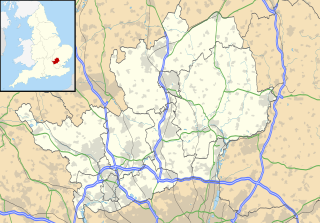
Mill End is a largely working class semi-rural village in Hertfordshire, England, which has in recent times become a contiguous part of Rickmansworth. Most of it is unparished ; part comes under Chorleywood Parish Council. By the time 0f the 2011 Census a new civil parish had been formed called Maple Cross and Mill End. All of Mill End forms part of Three Rivers District and so is administered by Three Rivers District Council and Hertfordshire County Council.

Rickmansworth is a small town in southwest Hertfordshire, England, approximately 17 miles (27 km) northwest of central London and inside the perimeter of the M25 motorway. The town is mainly to the north of the Grand Union Canal and the River Colne. The nearest large town is Watford, approximately 5 miles (8.0 km) to the east. Rickmansworth is the administrative seat of the Three Rivers District Council. The confluence of the Chess and the Gade with the Colne in Rickmansworth inspired the district's name. The enlarged Colne flows south to form a major tributary of the River Thames. The town is served by the Metropolitan line of the London Underground and Chiltern Railways from London Marylebone to Aylesbury.

The first model was the Typhoon Sports, available either as a body for fitting to Ford 8/10 chassis (following a then current market trend for "specials" based on these mechanical components) or with a Tornado designed and manufactured chassis to which a range of engines and transmissions could be fitted. About 400 Typhoons of all variants are believed to have been produced through to 1962.
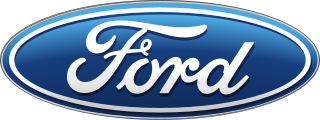
Ford of Britain is a British wholly owned subsidiary of Blue Oval Holdings, itself a subsidiary of Ford International Capital LLC, which is a subsidiary of Ford Motor Company. Its business started in 1909 and has its registered office in Brentwood, Essex. It adopted the name of Ford of Britain in 1960.
A similarly styled Tempest model featuring a Ford Anglia 105E engine and independent wishbone front suspension and live back axle. This was introduced around 1960–61, but only around 15 were produced. A Competition Tempest was also produced using the same front suspension, but with a highly tuned formula junior engine with twin 38 DCOEs. Fitted with a close-ratio gearbox and having an independent rear axle. Also from a Formula Junior with in board alfin drums. A Tornado Thunderbolt was also produced using a Triumph TR3 engine and a stronger chassis and suspension. Only one was built. This car survives today alongside the Competition Tempest, with the original constructor.

The Ford Anglia is a compact car which was designed and manufactured by Ford UK. It is related to the Ford Prefect and the later Ford Popular. The Anglia name was applied to various models between 1939 and 1967.
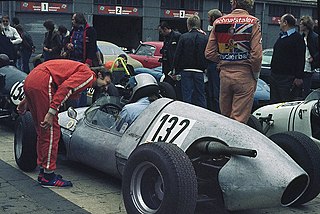
Formula Junior is an open wheel formula racing class first adopted in October 1958 by the CSI. The class was intended to provide an entry level class where drivers could use inexpensive mechanical components from ordinary automobiles. The idea to form the new class came from Count Giovanni "Johnny" Lurani who saw the need of a class for single-seater racing cars where younger drivers could take their first steps. It is often speculated that this class was founded as a reaction to Italy's lack of success in the 500cc Formula Three, and although Italian marques dominated the first year of the formula, they were soon overtaken by British constructors.
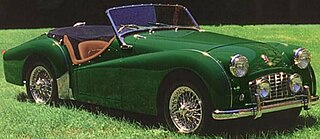
The Triumph TR3 is a British sports car produced between 1955 and 1962 by the Standard-Triumph Motor Company of Coventry, England. A traditional roadster, the TR3 is an evolution of the company’s earlier TR2 model, with greater power and improved braking. Updated variants, popularly but unofficially known as the "TR3A" and "TR3B", entered production in 1957 and 1962 respectively. The TR3 was succeeded by the Michelotti-styled, mechanically similar Triumph TR4.
In 1962, the company introduced the Talisman 2+2 coupe carrying an attractively styled fibreglass body on a more sophisticated tubular steel chassis with Ford 1,340 cc or 1,500 cc engines in various states of tune. This model was available either in component form or factory finished and was praised for having lively performance combined with good ride and handling characteristics, and a high standard of finish. Cash-flow problems forced the company into liquidation in 1964 after just approx. 186 Talismans had been made.
The company was bought in 1963 by John Rex Glyn Bekaert, Jaguar racing driver and friend of Lofty England (Jaguar). The company was renamed Tornado Cars (1963) Ltd. and the first project was the build of the Talisman V8. This car was based on the shortened and strengthened chassis of a Daimler SP250. Engine, gearbox and even suspension were reused from the Daimler and the Talisman body put on top. The car was presented to Jaguar Ltd. when finished and even taken into consideration by them, codenamed "Jaguar Intercity Car". Handling and performance were found to be brilliant and just two weeks after completion the car had won the Rallye de la Route in France when Pat Moss only made it to 6th place.
